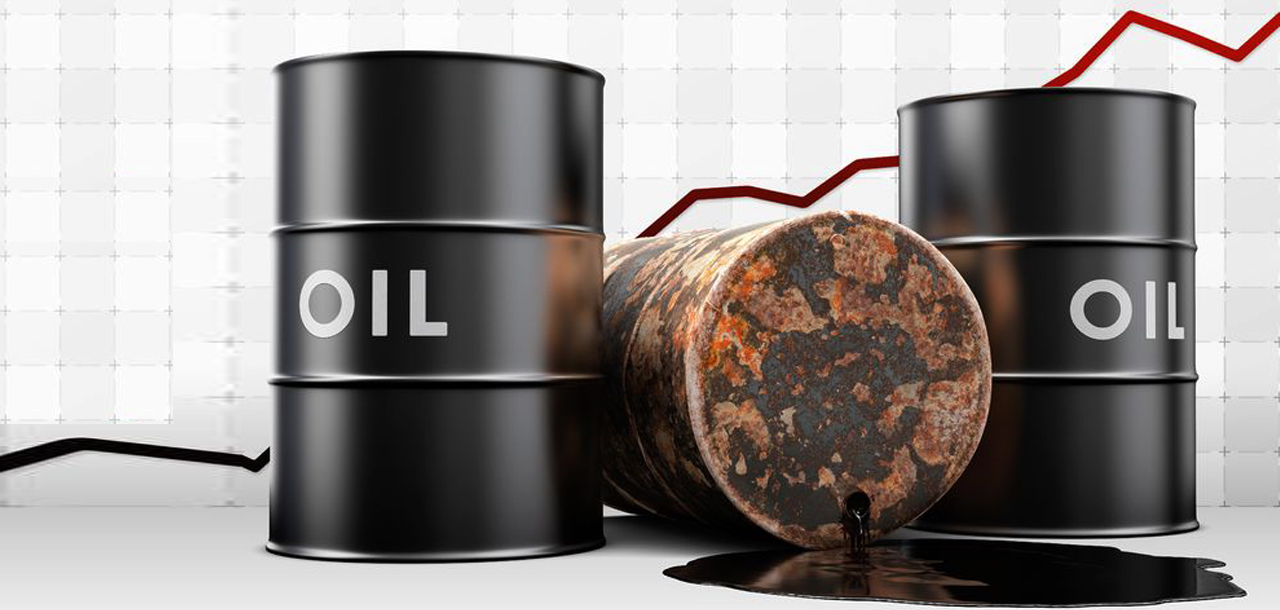Crude Oil
The bulls once again took charge of oil prices after some interesting forecasts by Saudi Arabia in London. Brent closed 96 cents higher at $58.33 /bbl while WTI gained 57 cents to settle at $ 52.47 /bbl.
Yesterday, in a press conference, Saudi oil minister Khalid Al-Falih reiterated his countries determination to do everything within their power to bring down oil stocks nearer to the 5 year average. He said ‘all options are open on output cuts decision’. He also expected a demand growth for 45% by 2050 notwithstanding all the discussions going on on renewable energy.
In our opinion, not much will need to be done to bring Crude stocks closer to the 5 year average because the 5 year average should increase dramatically next year itself and go on increasing into 2019. Therefore, this statement is not as dire as one may think.
Other bullish support for now is the disruption in Ceyhan. While pumping has increased to around 300 kbpd, it is expected to be a long while before full capacity of nearly 650 kbpd.
The API data too, threw some surprises in the form of product draws.
API Data
The API, in its weekly report yesterday, said that crude stocks had increased by 519 kb (expectation -2.6 million barrels) last week. While this is neutral, it also reported that gasoline and distillate stocks dropped by 5.75 million barrels (-17 kb) and 4.95 million barrels (-860kb) respectively.
Given that refinery runs were expected to have grown by 326 kbpd and crude imports rose by 629 kbpd, this drop in stocks corresponds to either a huge rise in domestic demand or in product exports.
As usual, markets will look to the DOE data for corroboration.
Naphtha
The naphtha cracks continue to strengthen amid strong and sustained buying interest which is depleting supplies quite rapidly. The impact of tightening supplies can be seen in the levels at which trades are being concluded in the market. South Korea’s YNCC is understood to have bought about 75,000 MT of naphtha for first-half December delivery to Yeosu at premiums of about $5.50 /MT to Japan quotes on a C&F basis which is double the premium it had paid earlier for cargoes delivering in first-half November.
The paper crack for November is higher at $ 3.95 /bbl.
Gasoline
The Gasoline cracks have also moved up smartly supported by inventory drawdown in the U.S. and buying interest in the Platts Singapore trading window which witnessed five gasoline cash deals.
The November 92 Ron paper crack is higher at $ 11.70 /bbl.
Distillates
Distillate cracks have strengthened further led by improving fundamentals for ATF. The Asian jet fuel cash differential flipped to a premium on Tuesday as the outlook for airline travel was expected to be robust.
The November gasoil crack is higher at $ 13.20 /bbl today. The regrade however, continues to slip and is at $ 0.10 /bbl today
Fuel Oil
Fuel Oil cracks have weakened slightly even as the Platts Trading Window was extremely active witnessing eight cargo trades. A total of of 140,000 MT of 180-cst fuel oil and 20,000 MT of 380-cst fuel oil changed hands yesterday which is the highest daily traded volume for the 180 cst fuel since at least the start of 2017.
The November 180 cst crack is valued at -$2.10 / bbl. The visco spread is unchanged at $ 0.75 /bbl.
About this blog
This blog post attempts to give a top level summary of the Singapore market goings on to a person who seeks to obtain a directional sense of the market on a daily basis.
Disclaimer : All the views are the author’s personal views. These do not constitute an advice to buy or sell any commodity
